The Capital Hotel restaurant has a long history. It opened in 1971 and gained a Michelin star in 1974, the very first UK Michelin Guide. At that time the kitchen was run by Richard Shepherd and Brian Turner. After them came the talented chef Phillip Britten. The restaurant stepped up to two stars in 2001 with Eric Chavot at the helm. Since 2012 the space had been an outpost of Nathan Outlaw. Tom Brown became the head chef here in early 2025, the restaurant reopening on 10th April with the new branding. Tom was away today, and the kitchen was in the hands of his sous chefs Alex Parker (who had worked with Tom at Cornerstone and also at Harwood Arms) and Erick Miitto (who had worked at Cycene and Akoko).
The small dining room has had a makeover since I was last here, and is brighter than I recall. Now it is no longer all wood panels. Various lengths of tasting menus were offered. At lunch, these ranged from £55 (three courses) to £85 (five courses) and £105 (seven courses). In the evening, there was a choice of £85 (five courses) or £130 (nine courses).
Sample wine references were Bodega Norton Finca La Colonia Torrontes 2023 at £50 for a bottle that you can find in the high street for £12, Lothian Vineyards Chardonnay Biosphere 2021 at £60 compared to its retail price of £17, and Phelps Creek Pinot Noir 2019 at £95 for a wine that will set you back £35 in the high street. For those with the means, there was Antinori Tignanello 2018 at £380 compared to its retail price of £173, and Chateau Leoville Barton 2003 at an eye-watering £500 for a wine whose current market value is £130. Mineral water was £6.50 for a large bottle. The wine list was not available online, and I was unable to obtain an electronic version of it despite several separate attempts, so I cannot be sure about the average markup.
There were no canapes, but a choice of two different breads, both made in the kitchen, appeared. Milk bread with dehydrated scallop roe was one, the other option being soda bread made from Guinness and seaweed. Accompaniments to the bread were crab oil with white balsamic vinegar or home-made salted cultured butter. There was also a salad verde with anchovy, gherkin and capers. The breads were both pleasant, the milk bread in particular having a good texture.
My starter was cured mackerel tartare garnished with radish petals and soy, a quail egg and a topping of furikake seasoning. This is a Japanese condiment that is normally sprinkled on rice, made from, amongst other things, dried seaweed flakes, dried fish, sesame seeds, sugar, salt and monosodium glutamate to bring umami. Different variations can be either sweet or spicy, and this one was spicy. The dish was finished with ponzu dressing and jalapeño oil. Mackerel is an underrated fish in my view, and the radish was a suitably Japanese-style pairing, balancing the richness of the oily fish. I liked the touch of spice, which nicely lifted the flavours without overpowering the mackerel (14/20).
Sea bream was hung to age it a little and then pan-roasted. It was served with courgette purée, Jersey royal mash, green and yellow courgettes and a courgette flower stuffed with chicken mousse. The dish was finished with chicken butter sauce. The sea bream itself was carefully cooked. Courgettes are not a vegetable overly burdened with much flavour in themselves, but the various treatments here made the most of what was available, and the mash was good. The stuffed courgette flower was a nice touch (15/20).
My dessert featured English strawberries with miso and white chocolate cheesecake, a sliver of pink peppercorn meringue and a sorbet of champagne and coffee, along with sorrel ice cream. I had a few issues with this dish. Firstly, there seemed to me to be more elements of the dish that would be optimal, making it a little confused. I dislike shrubbery in my desserts, so the sorrel ice cream was not to my taste. However, the main issue that I had was more fundamental: the strawberries had very limited flavour. I had been eating a lot of strawberries in the last few days and the basic supermarket strawberries I had tried just a day before had better flavour (12/20). An alternative of chocolate with caviar featured a nice-tasting 70% Mayan Red chocolate but unfortunately used Exmoor caviar, perhaps one of the least good (albeit cheap) caviar brands that a restaurant could choose. There was also only a tiny amount of caviar, unlike the version at Table by Bruno Verjus in Paris, which was the place that started the current trend for chocolate and caviar dessert.
Coffee was Illy, perhaps the best of the Italian industrial coffee blends that dominate UK restaurant, but would it be so hard to find a speciality roaster in London? It was £5 for a double espresso, which must make it the most profitable thing on the menu given that the wholesale price of Illy coffee will be about a tenth of that. Service was excellent and the bill was £81 each, with me just drinking mineral water today. Clearly the bill could be significantly higher than this, especially if you went for a longer menu at dinner and had wine. A realistic cost per person for the shortest possible menu with modest wine, water and coffee might be around £105 a head. For most of this weekday lunch we were the only diners, though a solitary additional guest arrived for lunch soon before we left. The savoury courses today were genuinely good, but my dessert was not good. This pattern is quite common in UK restaurants, who tend to lack specialist pastry chefs outside of very high-end places, but it is a pity nonetheless.












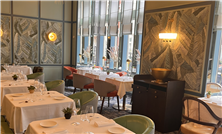

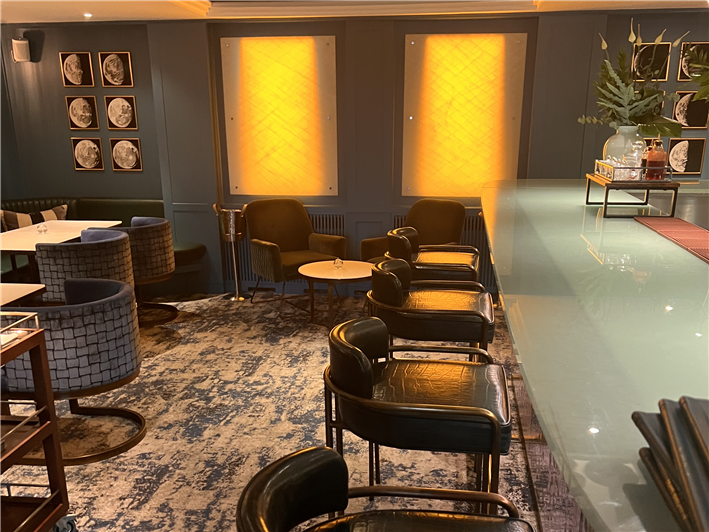
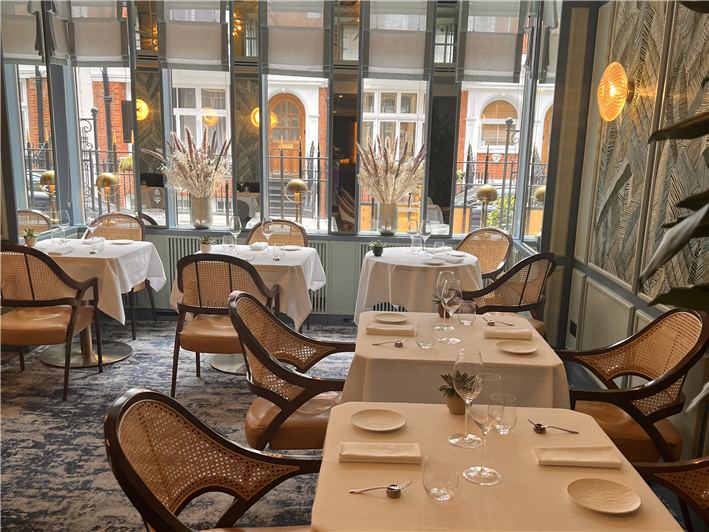

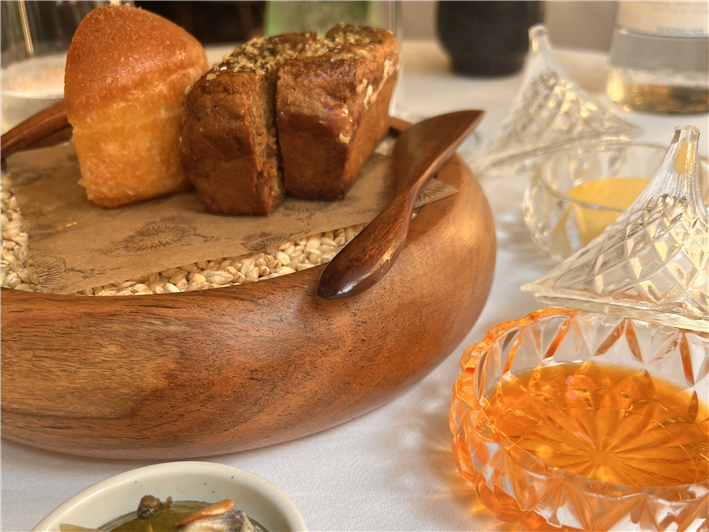
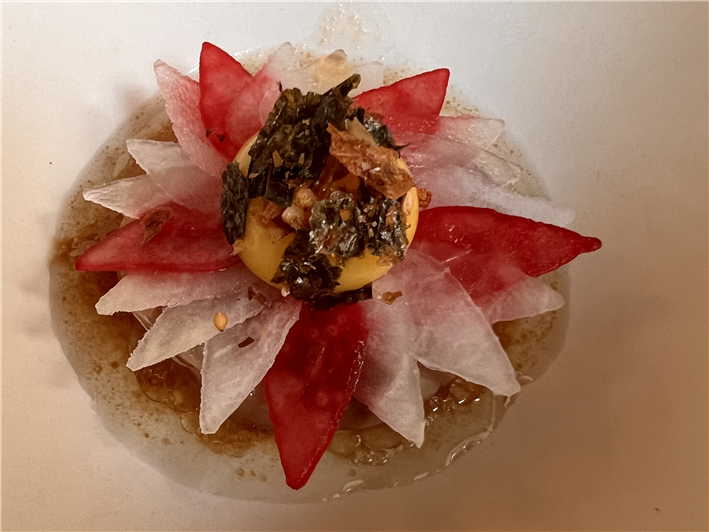
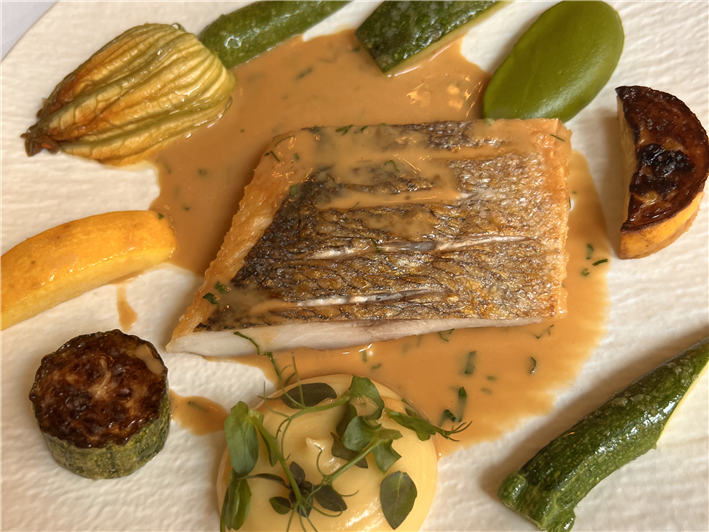
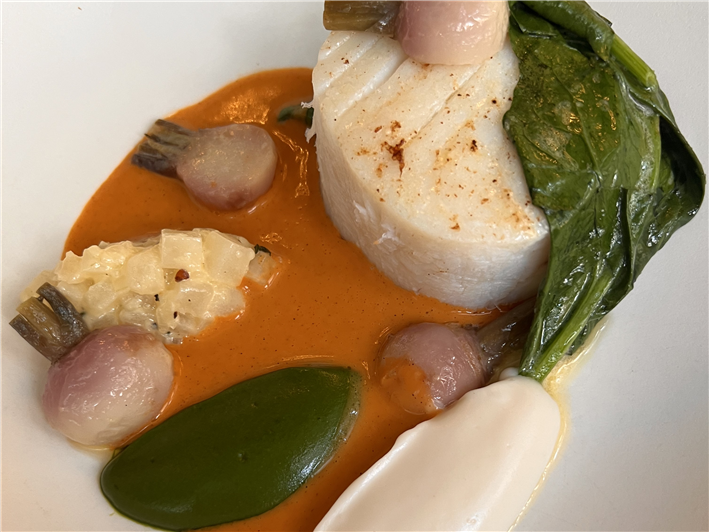
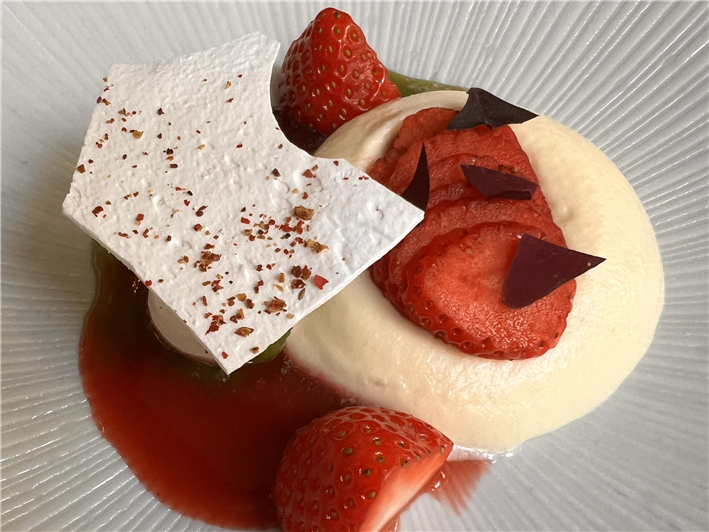
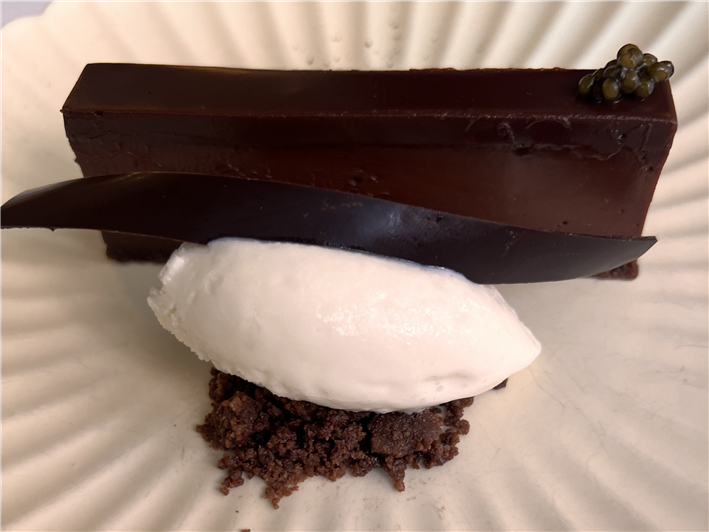

Bran Grant
Gary Rhodes was sous chef under Brian Turner before moving to the Castle hotel where his reputation as one of our best chefs was cemented.